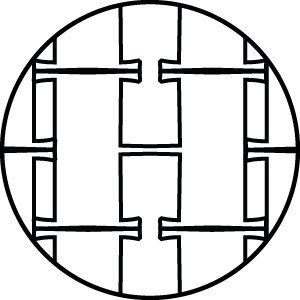The harvest in salt marshes
Set up on the coastline, the harvest in salt marshes is a tradition that has not changed in 2000 years.
The traditional harvester, called the “saunier”, is the craftsman of this delicate balance between land and sea.
In the unique environment of the island of Noirmoutier, around 150 sauniers still harvest and produce sea salt in this traditional way.
They are heirs of a long bloodline of men who started harvesting salt here 1200 years ago.
Twice a month, when the tides are highest, sea water, naturally charged with salt, is carry through channel into vast ponds,
generally ancient swamps below sea-level that were arranged by men. In these ponds,
shallow and highly exposed to sunshine and sea winds, water evaporates progressively,
leaving salt to densify the remaining water.
The water, which now has an increased salt level, is brought into the actual salt marshes, also called salt flats.
Their bottom being made of clay, the evaporation accelerates, and the remaining water now reaches salinity levels close to saturation.
Just before reaching actual saturation (around 250 g of NaCl per liter), the water in brought into the harvesting ponds, the “oeillets”.
When the water saturates, salt crystals start to form and drop at the bottom of the harvest ponds, which is no deeper than 5 cm.
The salt is then harvested, generally once a day.

